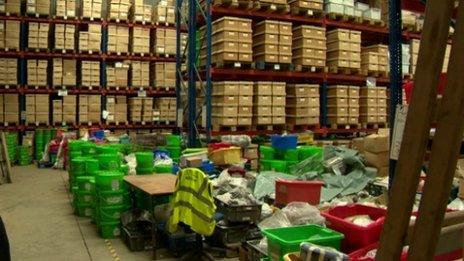Ireland's National Museum seeks an elusive treasure hunter
- Published
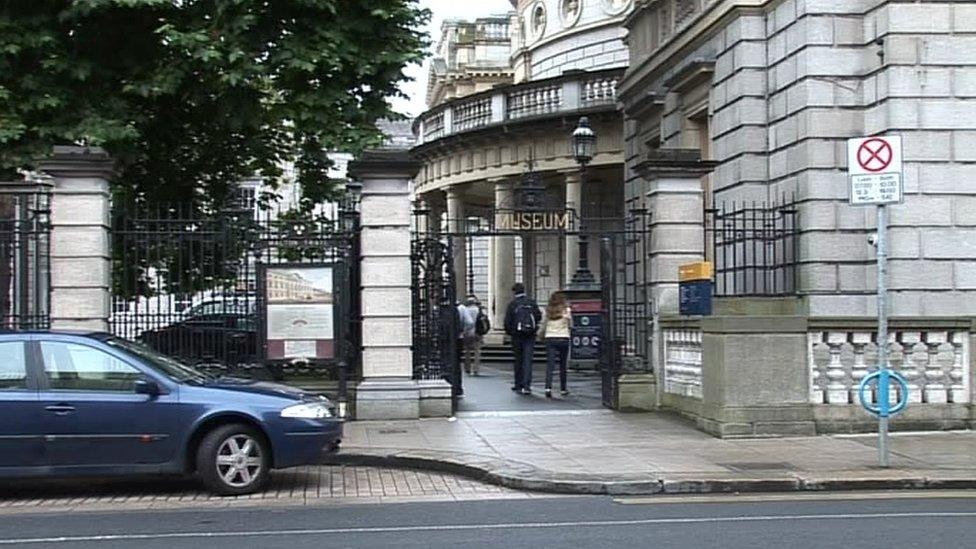
The National Museum is one of Dublin's top visitor attractions
The National Museum of Ireland has appealed for a person who anonymously sent in archaeological discoveries to come forward.
The items include Bronze Age axes and Viking jewellery.
It is believed that whoever found the items may not be Irish and may have been using a metal detector.
The museum has four sites but the best known is on Dublin's Kildare Street next door to the Dáil (Irish parliament).
Admission is free and thousands visit it every week to look at the collections covering vastly different times in Irish history including the Bronze Age and Viking periods.

The anonymous finds arrived under a plain brown wrapper
But, recently, the museum received four items sent anonymously in letters without a post-mark addressed to the "History Museum", rather than the National Museum, thereby giving rise to a suspicion that the sender may not have been living in Ireland for very long.
The items include two Bronze-Age axes; one dating from about 2,200 BC and the other from about 1,300 BC, a Viking strap-end that probably came from Norway and is very rare in Ireland, and a small twisted ring which may be linked to the strap-end.
The museum believes the items were discovered in at least three different sites.
There is also a suspicion that the artefacts were found by a metal detector even though it is illegal to excavate items using such a detector without a licence.
The finder may not have known that, especially if he or she is from abroad.
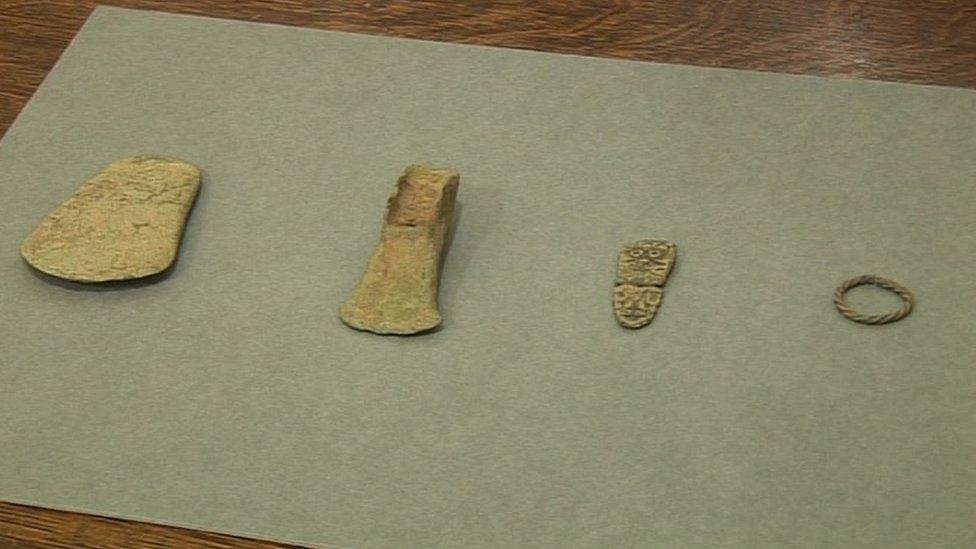
The two Bronze Age axe heads, Viking strap-end and twisted ring at the centre of the mystery
Staff would still like the person who discovered them to come forward to let the museum know about the circumstances of the finds in order to help build up the picture of Ireland's past.
2016 has seen many other finds with the summer months, now being called "the summer of the pin" because three pins used for holding clothes were found in different parts of the island.
One item was discovered by a workman excavating a drain in County Limerick who initially thought it was a nail.
Museum staff will be wondering whether 2017 will bring such rich pickings.
- Published21 March 2016
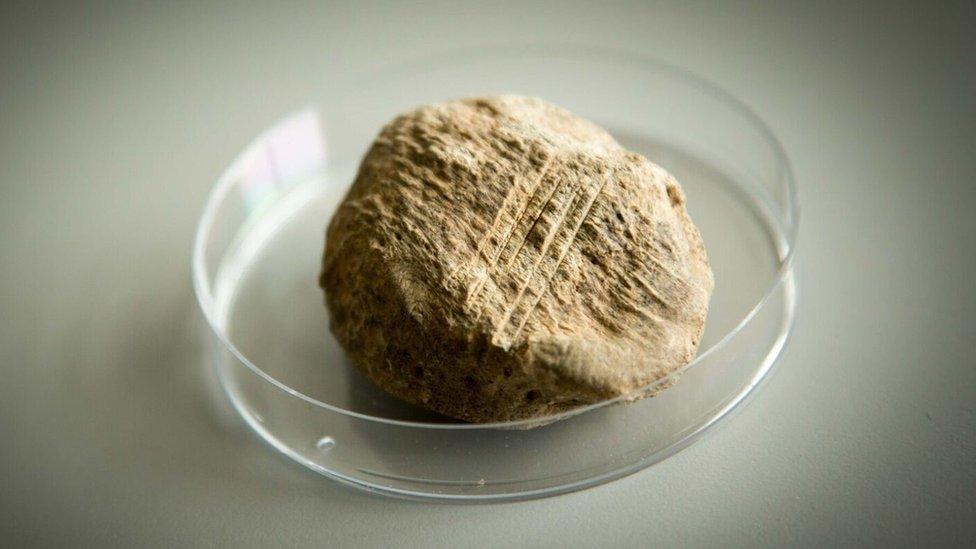
- Published28 December 2015
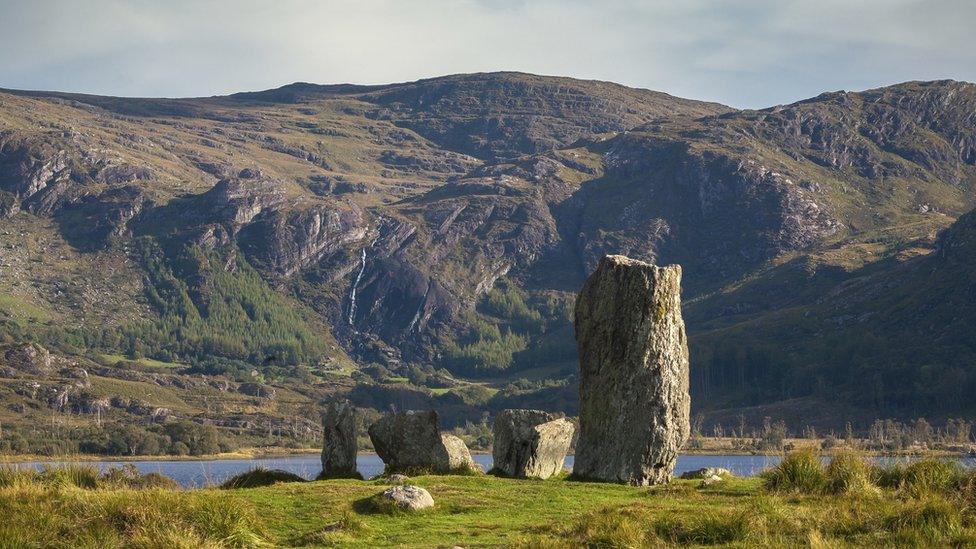
- Published25 March 2014
